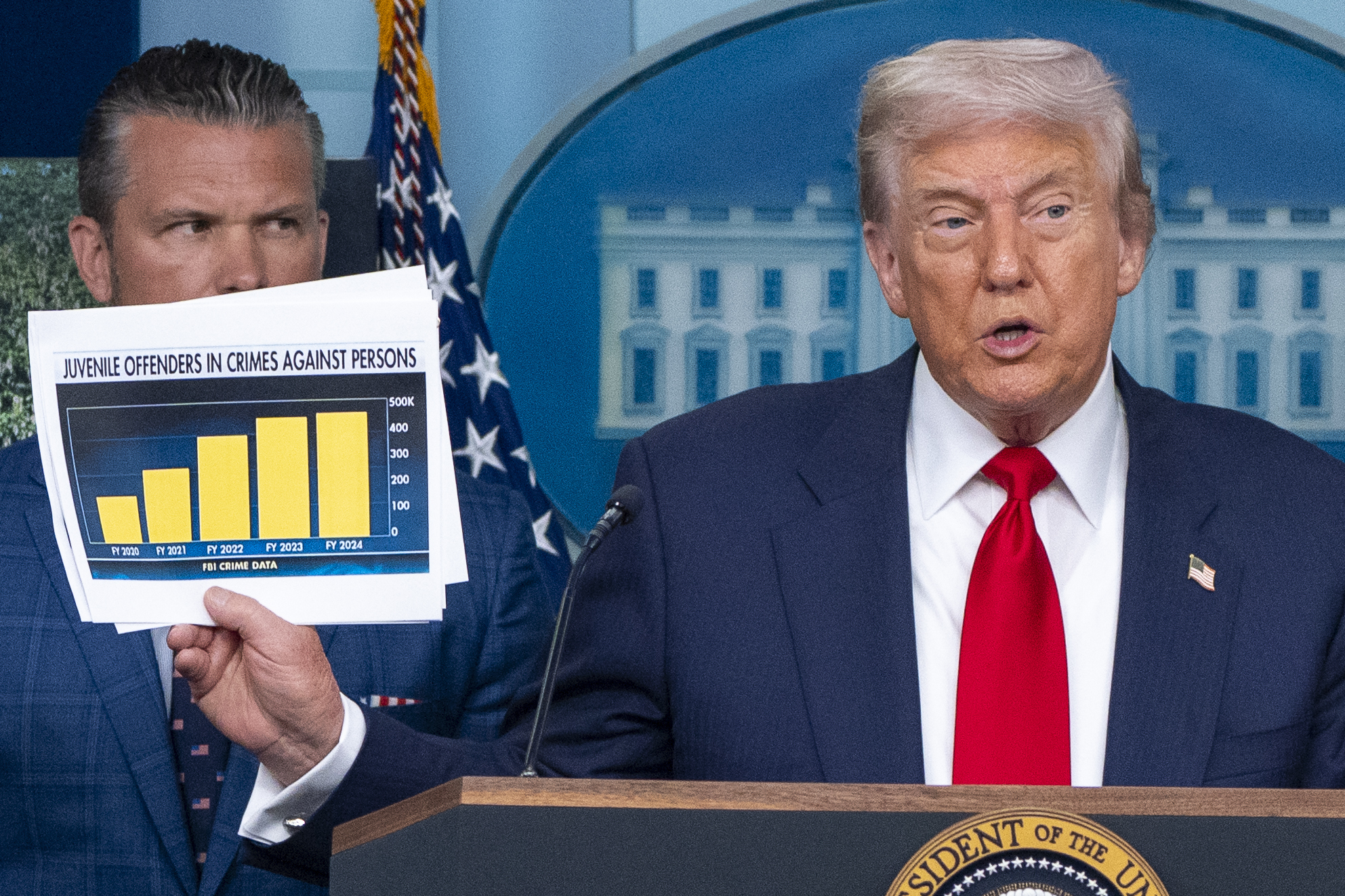
On Sunday, Twitter suspended the account of long-time Trump supporter Roger Stone for his use of hateful language that violated the company’s terms of service, rekindling an endless debate over what constitutes free speech, what constitutes censorship, and whether we’re in the midst of a dangerous shift in social norms governing what is acceptable to say in public.
The use of hate speech by Donald Trump and his supporters should not surprise anyone; after all, he catapulted to the Presidency declaring (among too many bigoted statements to list here) Mexicans rapists, President Obama the founder of ISIS, and American Muslim communities safe harbors for terrorists. Meanwhile, supporters at his campaign rallies fed off his vitriol, escalating their rhetoric as Trump escalated his. What started with “lock her up” quickly morphed into cries of “Hang the bitch,” “Build the wall, fuck those dirty beaners,” “Fuck that n—er”, and countless “Sieg Heils.”
At times Trump’s campaign seemed to be little more than a box-checking exercise in expressing hatred for anyone who was not a white, Christian, alt-right male. When he wasn’t using overtly hateful language, Trump dialed back to slightly more subtle, coded language to connect with and incite his audience. This included suggesting that “those second amendment people” could “do something” about Hillary Clinton if she were to be elected president, and using the lyrics from the song “The Snake” to describe Syrian refugees. In that song, a “tender-hearted woman” nurses a frozen snake back to health, only for the snake to bite the woman, leaving her mortally wounded. When the woman expresses her shock, the snake says, “Oh shut up you silly woman. You knew I was a snake when you took me in.” The metaphor is clear. Trump recited these lyrics at dozens of rallies.
When Trump offered to pay the legal bills of supporters who assaulted protesters, his supporters responded so predictably that one white-supremacist rally goer ended up suing Trump for inciting his own violence. Many supporters directed violent rhetoric at journalists, whom Trump painted as villains in his vigilante tale of good vs. evil. In a video of campaign footage compiled by the New York Times, supporters are captured physically assaulting peaceful protesters on at least three different occasions, calling them faggots, n—-ers, bitches and other derogatory names.
This describes merely what happened in front of cameras, and in many cases on live television, but the violence was far-reaching. The climate created by Trump’s speech almost certainly contributed to many violent and hateful acts during his campaign. In Kansas, a white man shot and killed an Indian man, and injured another, after yelling, “Get out of my country.” In St. Louis, as in many cities, a Jewish cemetery was desecrated, with tombstones overturned, smashed, and painted with swastikas. On election day, there were several reports from around the country of armed Trump supporters intimidating voters at polling locations.
Still, somehow it remains controversial to suggest Trump’s speech has inspired violence or to attribute violent and hateful acts to the climate Trump has fostered. In December, House Speaker Paul Ryan said it “doesn’t matter” when Trump lies on Twitter. When George Stephanopoulos of ABC News asked if it’s Trump’s “right to make false statements,” Vice President Mike Pence called Trump’s rhetoric “refreshing.” And yet, for all the flack Trump’s critics catch in elite conversation, the truth is far worse than most of them could possibly imagine.
For the past eight years, I have worked around the world—primarily in the third-world—to prevent genocide and other mass atrocities, with a particular focus on how speech can, under certain conditions, incite violence. The theoretical connection between speech and violence is so intuitive that in most contexts people don’t need to be taught it exists. After all, people don’t pick up machetes to murder neighboring children of a different ethnicity as soon as they reach sentience; they are conditioned over time to do so through speech and social pressure. Over time, people in my line of work develop well-trained ears for what we call Dangerous Speech.
The characteristics of Dangerous Speech are leading indicators of violence, and when we started hearing them in the West, particularly in the United States, it left me feeling profoundly disturbed. Not because I’m a delicate snowflake, but because it suggested to me that the connective fibers of social cohesion were fraying in the most stable parts of the world. Social norms had been changing over decades to discourage people from being openly bigoted. This is a good thing. Norms like these play critical roles shaping attitudes and behavior. People behave in pro-social ways in part to be rewarded by or to avoid punishment from their peer groups. When people begin to be rewarded socially for abandoning civility and embracing intolerance, red flags should go up for all of us.
It’s important to note that identifying the dangers of Trump’s most aggrieved speech—explaining how it has catalyzed and continues to catalyze deepening social divisions and real-world violence—is not principally a partisan exercise or over-reaction. My work on this issue around the world is, by definition, non-partisan.
Dismissing the concept of hate speech and related violence as a partisan contrivance betrays a lack of understanding of how dangerous and far-reaching this problem really is. Hate crimes climbed 20% in 2016, fueled by election-season rhetoric. In just the four months following the election, the Southern Poverty Law Center reported nearly 1,400 bias incidents—including swastika grafitti and violent attacks on racial, ethnic, religious, and sexual minorities deemed to be antagonists of the Trump-led community. Most famously in Charlottesville, a young woman was killed by a Trump supporter driving his car through a crowd of counterprotesters. In Florida, white supremacists, who were seen making Nazi salutes, shot into a crowd of protesters following a speech by racist figurehead Richard Spencer that was so controversial, the Governor declared a state of emergency the day before the event. Sadly, there are too many stories of Trump-incited violence to list in one article—or even 20.
Trump supporters will dismiss data and anecdotes as pretext to shut down their free speech and enforce political correctness. But this is a red herring. Very few people in America advocate legal means of shutting down speech. The vast majority of my colleagues agree that shutting down speech is not an effective way to counteract hate speech and related violence.
There is a better way
The first step is learning to identify what distinguishes Dangerous Speech from other forms of speech we disagree with or find offensive. My colleague Susan Benesch has defined it as any form of expression (speech, text, or images) that can increase the risk that its audience will condone or participate in violence against members of another group. The hallmarks of Dangerous Speech should be, sadly, eerily familiar to all politically engaged Americans. They include:
- Charismatic speakers with considerable influence
- Primed audiences, fearful or resentful, aggrieved, in need of scapegoats
- Dehumanization. Describing other people in ways that deny or diminish their humanity.
- ‘Accusation in a mirror.’ Asserting that the audience faces serious and often mortal threats from the target group. This tends to convince people that they (and particularly their children) face threats, which they can only fend off with violence, which in turn makes violence seem necessary. This is a very powerful rhetorical tactic because it inspires a collective analogue of self-defense. It makes violence seem not only justified, but virtuous.
- Assertion of attack on women/girls. Suggesting that women or girls in an in-group have been threatened, harassed, or defiled by members of a target group.
- Coded language. Phrases and words that have a special meaning, shared by the speaker and audience.
- Impurity/contamination. Fostering the impression that outsiders might damage the purity, integrity, or cleanliness of the in-group.
Whether or not they do so intentionally, Trump and his most ardent supporters exhibit these hallmarks of Dangerous Speech, particularly when they assemble together in public. The red flags are flying high and flapping loudly.
I personally don’t believe we are therefore at imminent risk of mass atrocities, but America’s susceptibility to Dangerous Speech has already been demonstrated, and we should not dismiss the possibility that larger-scale violence is impossible.
Trump’s rhetoric has already contributed to more extreme violence outside of our borders. In Myanmar, where my organization has been working since 2012 to raise awareness of an unfolding genocide, the Buddhist monk leading the charge to rid their country of 1.3 million Rohingya Muslims (once called ‘The Buddhist Bin Laden’ by Time Magazine), wrote an ode to Donald Trump the day after the Presidential election, praising his nationalist platform and hinting at his hatred of Muslims. It is no surprise that since our election, killings of Rohingya Muslims have increased exponentially, matched by the increasing barbarism of Myanmar’s Buddhist military and even its citizens, who have incinerated babies, beheaded men, and raped girls. After all, they now have an ally in their “virtuous” fight to rid their country, if not the planet, of Muslims.
Of course, incitement to violence cannot be effectively scaled by one person alone. In all cases I have come across in my work, there are enablers who legitimize the speech and dismiss critics of the speaker as thin-skinned or simply wrong. In our case, we have Paul Ryan, Mitch McConnell, and a bevvy of right-wing news personalities who—again, whether or not it is their intention—continue to subtly, or overtly, or through studied indifference, encourage words to morph into violence. It is thus absolutely critical that more leaders and influencers with credibility among Trump’s supporters speak out against hateful rhetoric and call for, at the very least, civility and tolerance. They may want to follow in the footsteps of George W. Bush, who, in a recent speech affirmed that “people of every race, religion, and ethnicity can be fully and equally American… that bigotry or white supremacy in any form is blasphemy against the American creed.” They should not, by contrast, follow in the footsteps Bush took to rally for his former adviser Ed Gillespie, who has waged a Trumpian campaign for the governorship of Virginia by scapegoating ethnic minorities.
As for liberals, who have negative credibility with Trump supporters, there are things we can do in our own spheres of influence to help restore the norms Trump has eroded, even if deepening social divisions seem insurmountable.
First, it would behoove us all to remember that history is not over, that nobody has won and nobody has lost. There is still hope.
Second, we must all do our best not to respond to Trump’s tribalism with a tribalism of our own. We must commit in our own minds to think of each other, even those rally goers, as having a shared identity—as fellow Americans with differing opinions, even when those opinions send us into blinding rage and deep depression.
Third, we must constantly seek to understand and humanize people with whom we disagree. Why are they driven to hatred? It isn’t because they’re unintelligent or “bad” people by nature; it’s because they’re steeped in information environments–in their social, political religious circles, and through their radios and televisions—that fan animosity, stoke fear, and promote revenge. This doesn’t excuse any form of bigotry or hatred; but we cannot do something about a problem without understanding it.
Finally, we must show compassion when speaking to people with whom we disagree. This is perhaps the hardest part. We will not win hearts and minds with anger and name-calling, and anger and name-calling could further erode our relative tranquility. This may seem naive, even offensive. But it is possible to defend targeted groups, and our own principles, in a civil and compassionate manner. Don’t take my word for it. Take Dr. Martin Luther King, Jr.’s. “Hate cannot drive out hate. Only love can do that.”
Sally Smith is founder and executive director of The Nexus Fund and co-host of The Riveters Podcast.



